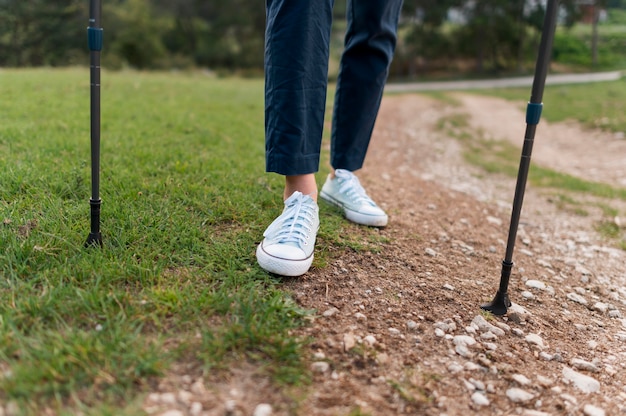In today’s fast-paced world, finding time for structured exercise can feel impossible. Between work, family, and daily responsibilities, fitness often takes a backseat. But what if you could improve your health significantly without hitting the gym or buying expensive gear? Enter the 30-Day Step Challenge — a realistic, science-backed plan designed to increase your daily movement using only what you already have: your feet.
Walking is one of the most accessible and effective forms of physical activity. Research consistently shows that increasing daily step count is linked to lower risks of cardiovascular disease, improved mental health, better metabolic function, and even increased longevity. A 2020 meta-analysis published in British Journal of Sports Medicine found that adults who averaged 8,000–10,000 steps per day had a 40–50% lower risk of all-cause mortality compared to those taking only 4,000 steps.
But it’s not just about distance — frequency and consistency matter too. Studies show that breaking up sedentary time with short 'micro-walks' of 2–5 minutes every hour can improve blood sugar regulation and reduce inflammation. This means even small bursts of movement throughout the day contribute meaningfully to your health.
The key to success isn’t pushing yourself to walk 10,000 steps on day one — it’s building sustainable habits. This 30-day plan uses gradual progression, behavioral science, and real-life scheduling strategies to help you increase your step count without burnout.
The beauty of this plan is its flexibility. You don’t need special equipment or hours of free time. Here are practical strategies backed by behavioral research:

You don’t need a smartwatch or fitness tracker to succeed — though they can help. A basic pedometer, smartphone step counter, or even a simple notebook to log daily totals works. Comfortable shoes are the only essential gear. Walking outdoors also offers added benefits: fresh air, natural light, and reduced stress levels compared to indoor environments.
While tracking steps can be motivating, the goal is long-term habit formation, not perfection. If you miss a day or fall short, don’t quit. Focus on weekly averages rather than daily extremes. Celebrate non-scale victories like improved energy, better sleep, or reduced stiffness.
Consider using a simple chart or app to visualize your progress. Seeing improvement over time reinforces motivation and helps identify patterns — like which days you’re most active and where you can improve.
Increasing your daily movement isn’t just about step counts — it’s about building a more active lifestyle. Over time, consistent walking can lead to:

The 30-Day Step Challenge isn’t about extreme transformation — it’s about sustainable change. By leveraging small, consistent actions supported by science, you can improve your health without overhauling your life. Whether you’re starting from 3,000 steps or 6,000, the goal is progress, not perfection.
So lace up your shoes, step outside, and begin. Your future self will thank you — one step at a time.

Fitness

Fitness

Fitness

Fitness

Wellness

Fitness

Fitness

Fitness

Wellness

Fitness

Fitness

Wellness

Health

Fitness

Health

Health